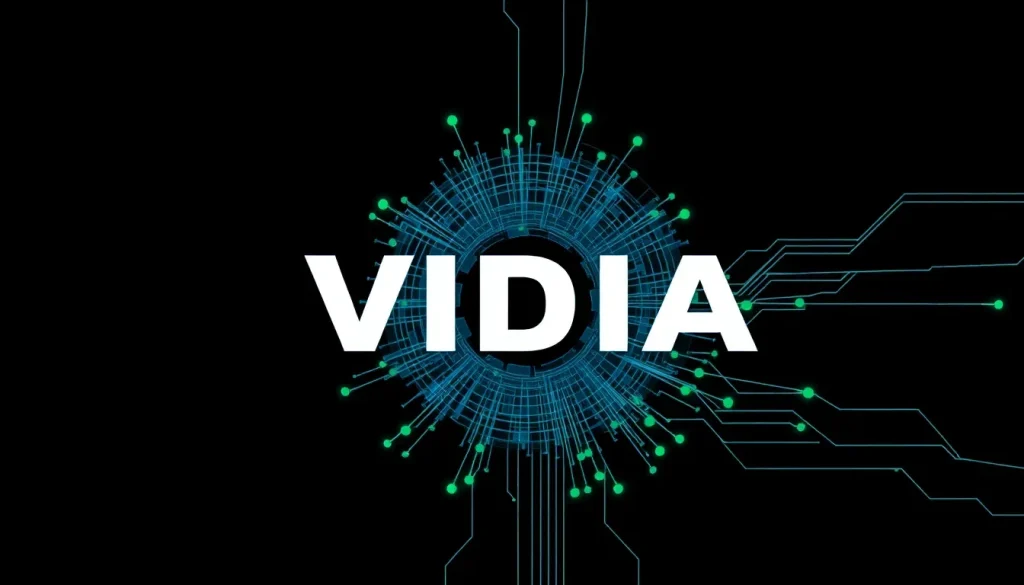NVIDIA invests $2 billion in Elon Musk's xAI amid AMD OpenAI deal

The landscape of artificial intelligence (AI) and hardware has recently taken a tumultuous turn, particularly with NVIDIA's substantial investment in Elon Musk's company, xAI. This move, amounting to $2 billion, comes on the heels of a significant collaboration between OpenAI and AMD, where OpenAI is set to acquire a 10% stake in AMD at a nominal price of $0.01 per share. In return, OpenAI's data centers, supporting applications like ChatGPT and Sora, aim to achieve a staggering 6 GW of computational capacity, equivalent to around 8 million AMD GPUs.
Just two days after this announcement, NVIDIA revealed its own strategic maneuver involving xAI (Grok). This AI startup is now raising more capital than initially expected, with NVIDIA stepping in as a key investor, reportedly contributing a portion of the $20 billion raised in this funding round, as confirmed by sources close to the deal who spoke to Bloomberg.
NVIDIA's Innovative Financing Strategy for xAI
NVIDIA's investment will enable xAI to acquire its own high-performance chips, crucial for building the Colossus 2 supercomputer. The company is set to invest up to $2 billion specifically earmarked for this purpose.
The financial arrangement involves a special purpose vehicle (SPV), which will purchase NVIDIA chips and lease them to xAI over a five-year term. This structure allows investors to recoup their funds during this timeframe. Notably, xAI has been spending around $1 billion monthly and had previously secured approximately $10 billion earlier in the same year. Other contributors to this funding include Apollo Global Management and Diameter Capital Partners, both asset management firms, with Valor Capital leading the equity component.
This financing model, which combines collateralized debt with hardware investment, is becoming increasingly common in the industry. It enables companies to accelerate their AI deployments without relying on traditional sales to generate liquidity. Essentially, it forges a tightly-knit financial-operational relationship between the manufacturer (NVIDIA) and the client (xAI). Analysts refer to this model as “circular financing,” where the manufacturer invests in the customer who simultaneously purchases its products. This structure poses potential strategic and regulatory implications, drawing interest from observers in the financial sector.
Influences Behind the NVIDIA-xAI Agreement
OpenAI's investment in AMD may have significant implications for NVIDIA's recent move in relation to xAI. The partnership between OpenAI and AMD enhances AMD's position in the market while potentially putting NVIDIA at a disadvantage.
Specifically, if AMD gains market share and support from a formidable player like OpenAI, it could leverage better conditions concerning costs, access, and development in negotiations with NVIDIA. This pressure could benefit arrangements that incorporate financial structures linking chip purchases with investments, similar to the xAI deal. The collaboration between xAI and NVIDIA exemplifies the concept of “circular financing,” where NVIDIA is not only an investor but also a supplier of hardware.
Strategic Implications of NVIDIA's Investment
The implications of NVIDIA's investment in xAI extend beyond mere financial metrics. This partnership could reshape the competitive landscape of the AI industry.
- Increased Market Competition: The collaboration between NVIDIA and xAI might encourage further innovation and competition among AI hardware providers.
- Focus on High-Performance Computing: With the emphasis on building powerful AI supercomputers, NVIDIA's role in this space is likely to become even more pronounced.
- Potential Regulatory Scrutiny: The circular financing model may attract attention from regulatory bodies concerned about market monopolies and fair competition.
- Enhanced Research Opportunities: The partnership could lead to advancements in AI research, benefiting both companies.
Broader Trends in AI and Hardware Collaboration
The burgeoning relationship between AI developers and hardware manufacturers indicates a significant trend in the tech industry. Several factors are driving this evolution:
- Demand for Specialized Hardware: The requirements for high-performance computing are pushing developers to seek dedicated hardware solutions.
- Investment in AI Capabilities: Companies are increasingly investing in AI capabilities to remain competitive, leading to partnerships with hardware providers.
- Focus on Efficiency: The integration of financing and hardware provision helps organizations maintain efficient operations.
- Collaborative Innovation: Joint ventures between AI and hardware firms are fostering new solutions that advance the technology landscape.
As this scenario unfolds, watching how these alliances influence technological advancements and market dynamics will be crucial. Industry observers anticipate that these collaborations will lead to significant breakthroughs in AI applications and capabilities, ultimately redefining the way businesses and consumers interact with technology.
To grasp a deeper understanding of this evolving landscape, you can explore this insightful video that discusses the implications of NVIDIA's collaboration with xAI:
As NVIDIA and xAI venture into this partnership, the broader implications for the AI industry and the competitive dynamics it creates will be an area of keen interest for both investors and technology enthusiasts alike. The interplay between funding, hardware acquisition, and innovation will likely shape the future trajectory of AI capabilities in the years to come.




Leave a Reply